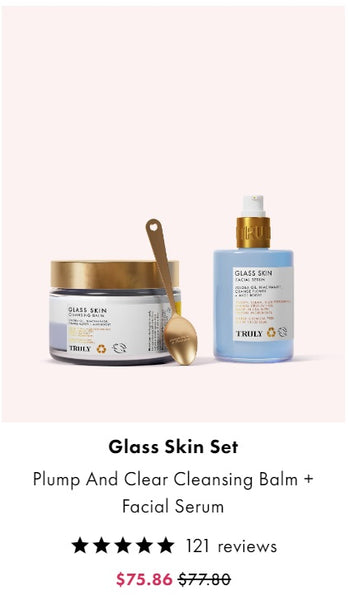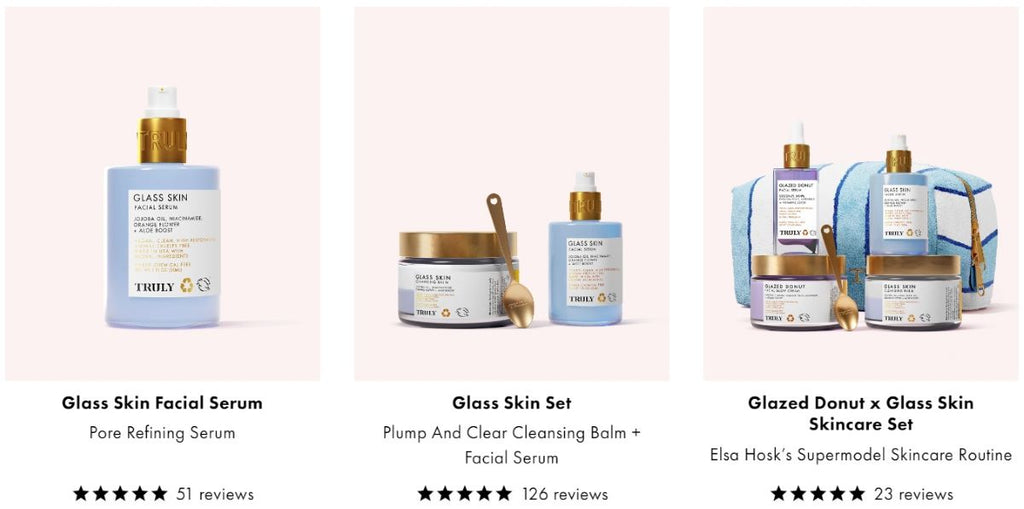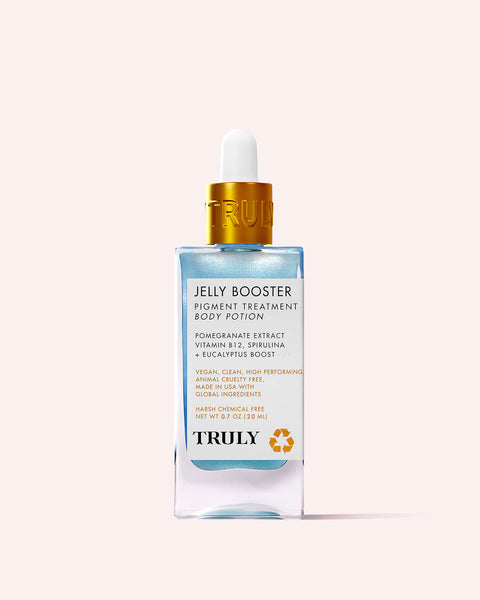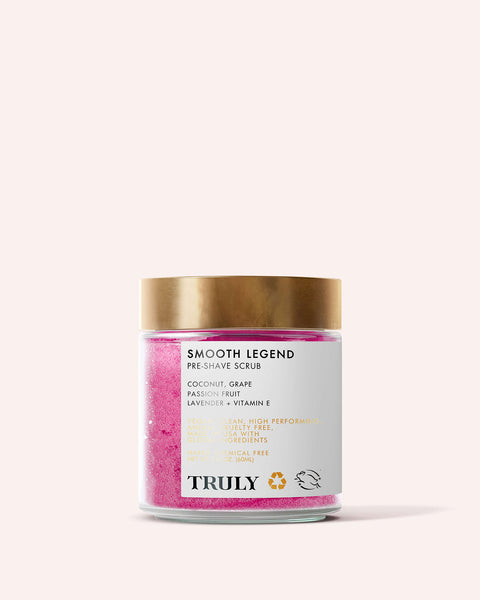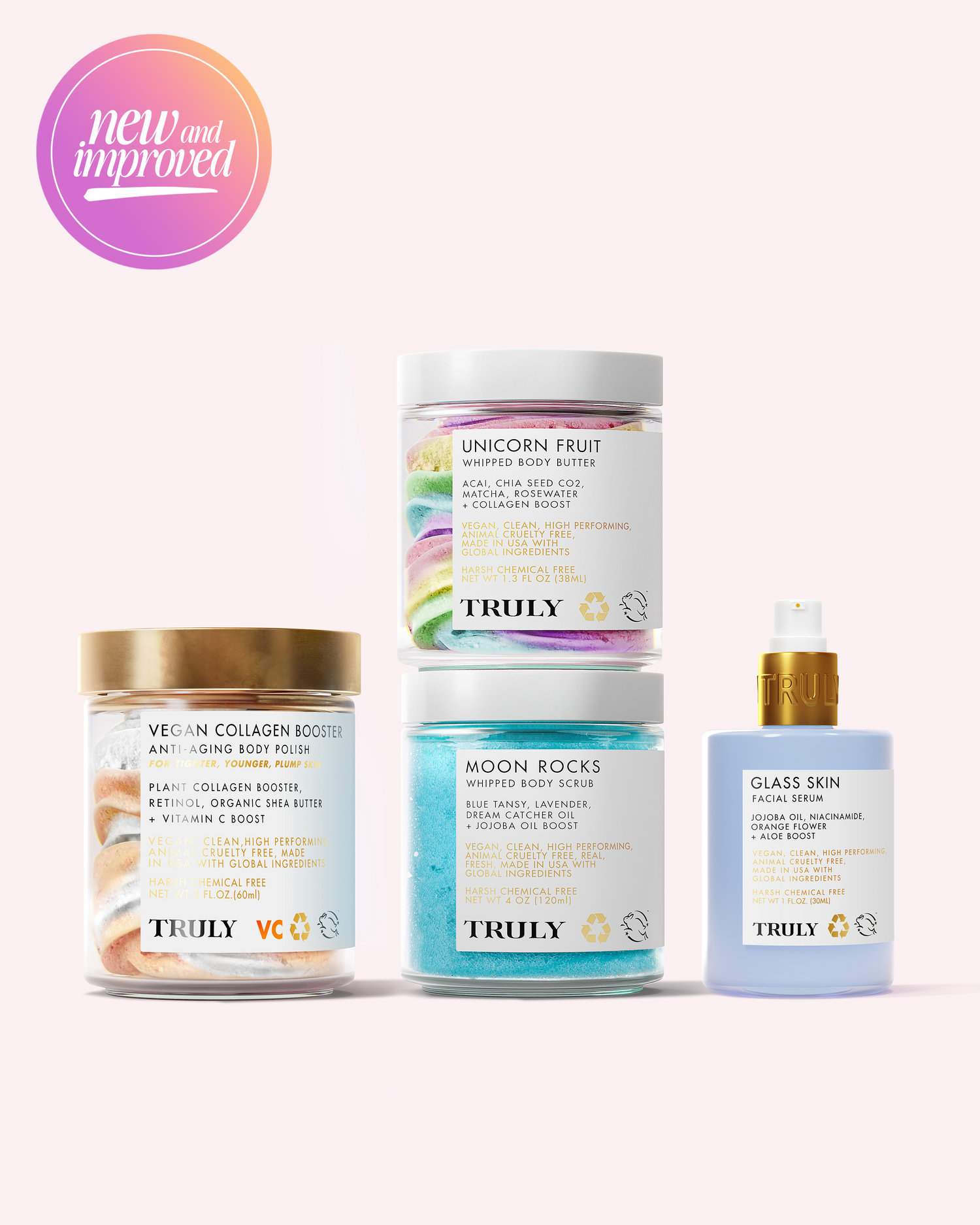Clogged Pores: Ultimate Guide
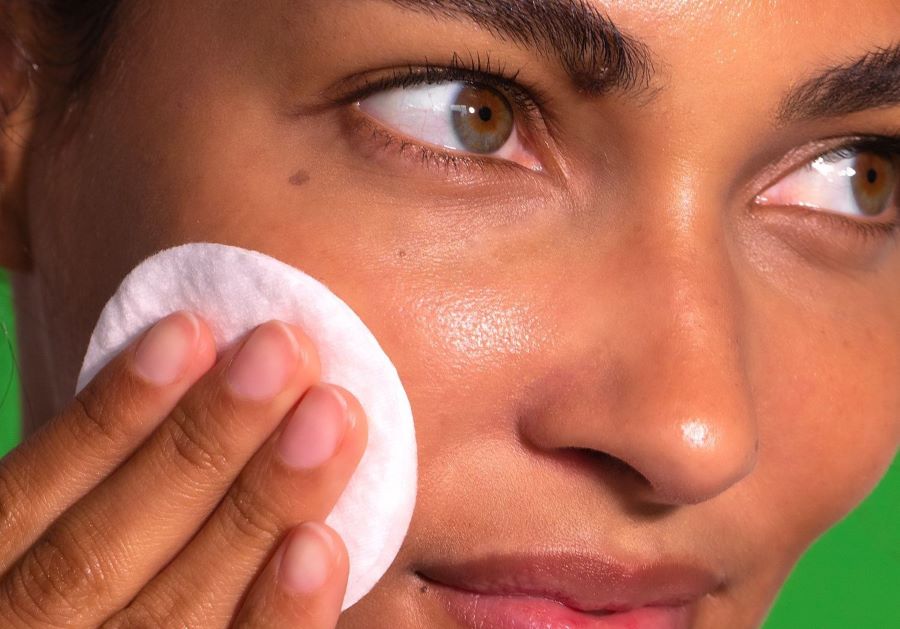
Clogged pores are a common skin concern that occur when dirt, sebum, or dead skin cells get trapped in your pores. As a result, pores tend to appear larger as they’re filled with impurities that lead to clogged pores on face. Fortunately, congested pores can be addressed with a dedicated skincare routine.
Ahead, find out everything about clogged pores, including the most common causes of clogged pores as well as how to minimize pores and the best products for achieving a clear and smooth complexion.
What are Pores?
Pores are tiny openings or holes on the surface of the skin that connect to sweat glands in the dermis, or middle layer of your skin. They are essential for regulating body temperature and releasing toxins through sweating and for releasing sebum, an oily substance that helps keep the skin moisturized and protected.
Pores can vary in size and can become more prominent or enlarged when they’re clogged with dirt, oils, or dead skin. Clogged pores can also lead to breakouts and severe acne. So, if you’re experiencing blemishes, it could be due to clogged pores.
What are Clogged Pores?
Clogged pores develop when oil, dirt, and dead cells get trapped in your pores, according to the Cleveland Clinic. What do clogged pores look like? They often look enlarged, bumpy, and sometimes dark in color, making your complexion appear uneven. While clogged pores occur most commonly on the face, they can also pop up on other areas of your body including the chest, back, neck, and shoulders.
What Causes Clogged Pores?
Why are my pores so big? Why am I getting breakouts? This could all be due to clogged pores. Here are the main causes of clogged pores on the face.
1: Excess Oil
Sebaceous glands in the skin produce sebum, an oily substance that helps to hydrate and protect the skin. When these glands produce too much sebum, it can mix with dead skin cells and impurities, leading to clogged pores.
If you have oily skin or acne-prone skin, you’re more likely to experience clogged pores on nose and chin because the T-zone has the most oil glands. That being said, dry skin types can also end up with blockages if skin produces more oil to compensate for the lack of oil.
2: Buildup of Dead Skin Cells
The skin naturally sheds dead skin cells, but sometimes these cells can accumulate on the skin’s surface and combine with sebum, leading to clogged pores. Pores typically become clogged when dead cells build up on the surface of the skin.
This is why exfoliation is such a key step in unclogging pores. It helps remove dead cells, preventing buildup which leads to congested pores.
3: Over-Cleansing
Cleansing and exfoliation are essential for keeping the pores clean. However, when you over-cleanse or over-exfoliate, you end up stripping the skin of its natural oils. In response, your oil glands create more oil and that excess oil can clog your pores. What’s more, cleansing or exfoliating too frequently can irritate the skin, causing inflammation and enlarged pores.
On the other hand, you want to make sure you’re cleansing regularly and with the right skincare products to prevent buildup in the first place. It’s just important not to overdo it otherwise it could make things worse.
4: Comedogenic Skincare Ingredients
Another common cause of blocked pores could be the skincare products you’re using. Comedogenic ingredients are known for clogging pores, and yet they are commonly found in many beauty products. Look for products that are non-comedogenic, which means they won’t clog pores.
In addition to using non-comedogenic skincare and makeup,choose products that are oil-free if you have oily or acne-prone skin as oils can cause clogged pores.
How to Unclog Pores
If you want to minimize pore size and prevent pimples, the best thing you can do is keep your pores clean. Here’s how to unclog your pores.
1: Always Cleanse Before Bed
Before bed, wash your face or use a purifying cleanser to remove makeup, sunscreen, and the day’s dirt. Otherwise dirt and oils will sit in your pores overnight and potentially lead to breakouts. Use a gentle cleanser that won’t strip your skin of natural oils that can actually exacerbate oiliness and clogged pores.
For a deep yet invigorating cleanse, try Truly Glass Skin Cleansing Balm, a gentle cleanser formulated with jojoba oil and niacinamide that removes impurities and balances oil production for a clear, refined complexion.
2: Exfoliate With Salicylic Acid
Exfoliating with a chemical exfoliant like salicylic acid is a good way to manage clogged pores as it helps to remove dirt, oils, and dead cells that clog pores. Because salicylic acid is oil-soluble, it penetrates deep into the pores to clear out impurities. Always look for this beta hydroxy acid (BHA) in cleansers and toners if you’re dealing with blackheads and whiteheads.
The Truly 24K Gold Black Soap Impurity Cleanser is a decongesting exfoliator that contains salicylic acid, charcoal, and African black soap to reduce shine, clear blemishes, and minimize pores.
3: Choose Products That Contain Retinol
Retinol is an excellent product for treating and preventing clogged pores. Why? Because it increases skin cell turnover, which means it prevents the buildup of dead skin cells—keeping skin fresh and clear. Besides combating large pores, retinol can also help improve overall skin tone and texture thanks to its resurfacing properties.
At night, apply the Truly Vegan Collagen Booster Face Mask, which contains a blend of retinol, vitamin C, and plant collagen booster to resurface, repair, and rejuvenate the skin.
4: Moisturize
Many people think moisturizer is the enemy when dealing with clogged pores. In fact, moisturizer is essential for preventing pores from getting clogged. Here’s why: sebum lubricates the skin to keep it soft and hydrated. When skin is dry, the oil glands go into overdrive trying to compensate for the lack of moisture. In the end, your skin produces more oil which can lead to clogging.
Keep your oil levels balanced by moisturizing daily with a lightweight formula. For an ultra-light, pore-refining product, try the Truly Glass Skin Facial Serum. It’s hydrating yet lightweight and non-greasy to drench skin in moisture while balancing sebum production for clear, glass-like skin.
If you’re looking for a richer moisturizer, choose Truly Glazed Donut Facial Glow Cream, which blends shea butter with lavender and vitamin E for hours of luminous hydration. Both are fragrance-free, too, so they’re perfect for sensitive skin.
5: Steam Your Face
Steam can help open up pores and loosen gunk trapped inside. You can steam your face by leaning over a bowl of hot water with a towel draped over your head, or by using a facial steamer. Be cautious not to get too close to the hot water to avoid burning your skin.
Once you’re done, follow up with cleanser and gentle exfoliation to remove pore-clogging dirt and dead skin cells. Then finish with a lightweight hydrating serum or cream to lock in moisture.
What’s the Best Primer for Large Pores?
Primers are a must before applying your foundation and concealer. They work to blur pores and instantly improve skin texture, creating a smooth, flawless base for makeup application. Plus, they reduce the chances of your makeup sliding off throughout the day. In other words, they make your makeup last much longer. So, what’s the best primer for enlarged pores?
Instead of giving you one single product, we believe it’s all in the way you prep your skin. That is why we recommend the Truly Glass Skin Set. This 2-step pore minimizing routine features a cleansing balm + face serum that gives your skin an airbrushed effect. By removing impurities and drenching skin in dewy hydration, they’re the perfect primer for large pores.
Do Pore Strips Help With Clogged Pores?
Pore strips offer a temporary solution to remove surface dirt and blackheads, potentially reducing the appearance of pores. While they can be effective for some individuals, results may vary depending on skin type and pore size. Pore strips primarily address surface-level issues and may not effectively target deeper or stubborn blackheads.
While pore strips can be effective for clogged pores, they should not be relied upon as the sole solution for pore concerns. Always stay consistent with a skincare routine that consists of a purifying cleanser, exfoliator, moisturizer, and SPF to keep your pores clean and complexion clear.
How to Prevent Clogged Pores
Preventing large pores involves maintaining good skincare habits and minimizing factors that can contribute to their enlargement. While it is difficult to completely shrink your pores, you can take steps to reduce their appearance and prevent them from becoming more noticeable. Here are some tips you should try.
Cleanse Regularly: Keep your skin (and pores) super clean by washing your face twice a day with a gentle cleanser. This helps remove dirt, oil, and makeup that can clog pores and make them appear larger.
Exfoliate: Regular exfoliation helps remove dead skin cells that can clog pores and make them look larger. Use an exfoliator formulated with salicylic acid or glycolic acid 2-3 times per week to keep your skin smooth and clear.
Use Retinoids: Retinoids, such as retinol or prescription-strength tretinoin, can help improve skin texture and reduce the appearance of large pores by increasing cell turnover and stimulating collagen production.
Always Wear Sunscreen: Protect your skin from the sun by using a broad-spectrum sunscreen with SPF 30 or higher every single day. Sun damage can weaken the skin’s elasticity and make pores appear larger.
Stay Hydrated: Drink plenty of water to keep your skin hydrated and healthy. Dehydrated skin can produce more oil, leading to clogged pores and enlarged pores.
Avoid Thick, Comedogenic Lotions: These pore-clogging products congest the hair follicles, leading to breakouts. Instead, use lightweight lotions and serums that don’t clog the pores.
Stop Touching Your Skin: Touching your skin transfers dirt into your pores, which can contribute to clogging. Keep your hands off!
Consider Professional Treatments: Speak to your derm about the best treatments for large pores. Some of the most common treatments include chemical peels, microdermabrasion, and laser therapy.
Shop the Best Skincare for Clogged Pores
Remember that consistent skincare habits are key to maintaining healthy, clear skin and minimizing the appearance of large pores. It may take time to see results, so be patient and stick to your routine. If you have concerns about your skin, consult a dermatologist for personalized advice and over-the-counter treatment options for clogged pores.




